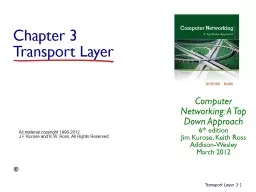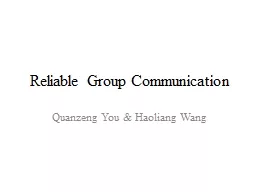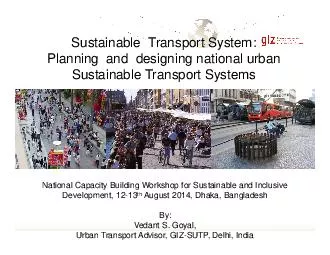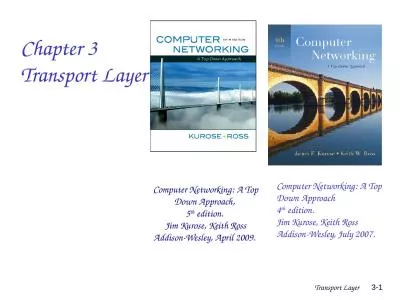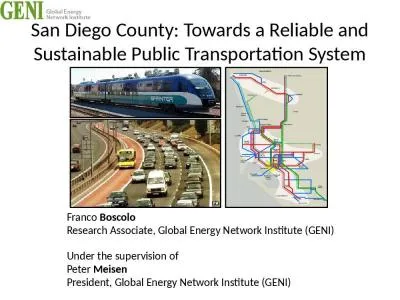PPT-Reliable Transport
Author : tatyana-admore | Published Date : 2015-09-17
TCP Review CS144 Review Session 1 October 2 2008 Roger Liao Slides Credit Ben Nham Announcements Labs 1 and 2 are online Lab 1 due 108 beginning of class Come to
Presentation Embed Code
Download Presentation
Download Presentation The PPT/PDF document "Reliable Transport" is the property of its rightful owner. Permission is granted to download and print the materials on this website for personal, non-commercial use only, and to display it on your personal computer provided you do not modify the materials and that you retain all copyright notices contained in the materials. By downloading content from our website, you accept the terms of this agreement.
Reliable Transport: Transcript
Download Rules Of Document
"Reliable Transport"The content belongs to its owner. You may download and print it for personal use, without modification, and keep all copyright notices. By downloading, you agree to these terms.
Related Documents



